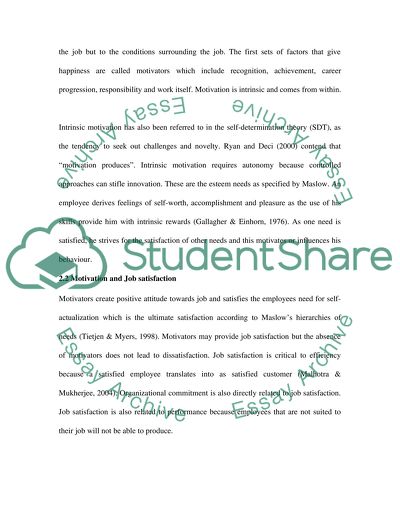Cite this document
(“Management and Organisational Behaviour Essay Example | Topics and Well Written Essays - 2500 words”, n.d.)
Retrieved from https://studentshare.org/miscellaneous/1558523-management-and-organisational-behaviour
Retrieved from https://studentshare.org/miscellaneous/1558523-management-and-organisational-behaviour
(Management and Organisational Behaviour Essay Example | Topics and Well Written Essays - 2500 Words)
https://studentshare.org/miscellaneous/1558523-management-and-organisational-behaviour.
https://studentshare.org/miscellaneous/1558523-management-and-organisational-behaviour.
“Management and Organisational Behaviour Essay Example | Topics and Well Written Essays - 2500 Words”, n.d. https://studentshare.org/miscellaneous/1558523-management-and-organisational-behaviour.


